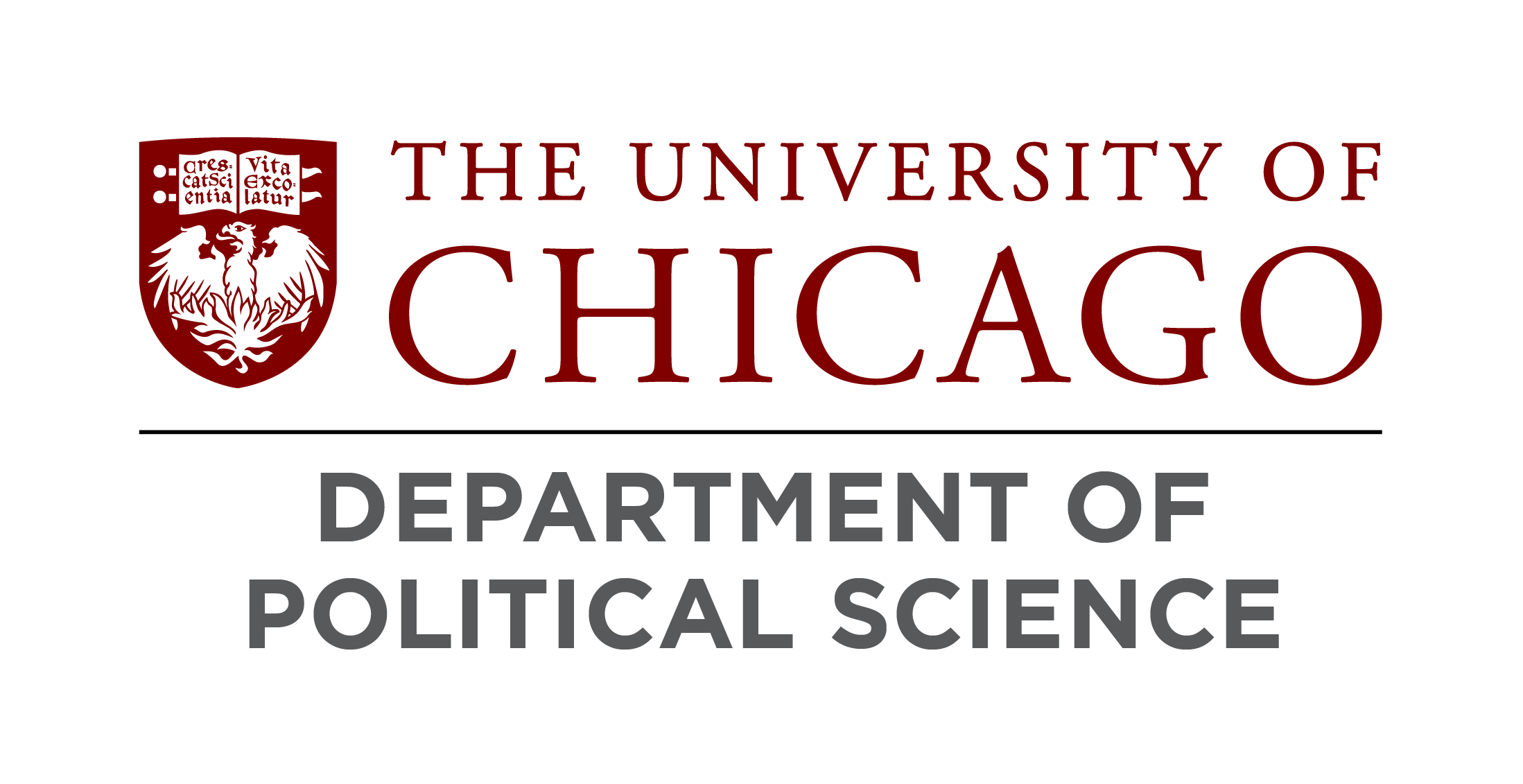A professor’s unique position helps him unravel the early days of the pandemic in a new book
Dali L. Yang’s exploration of China’s institutional dynamics and political considerations, among other factors, helps explain how COVID-19 could have been identified and handled earlier.
By Sarah Steimer
“What has motivated me over the last four years, personally and also intellectually, is this feeling, this sense that I have a unique role to play,” says Dali L. Yang, the William Claude Reavis Professor in the Department of Political Science. Yang’s new book, How the COVID-19 Outbreak in China Spiraled Out of Control, taps into his expertise of China to puzzle together what went wrong — particularly in a country that should have been one of the best-positioned to identify and contain a viral outbreak.
Prior to the pandemic, Yang was involved in numerous UChicago initiatives in China, including his role as the founding faculty director of the UChicago Center in Beijing. There, he developed a strong interest in studying public health issues related to China in particular (he happened to be in Beijing during the SARS epidemic).
“When the information began to come out of Wuhan (about the virus), I immediately was interested in trying to dissect what actually was happening within the Chinese system,” Yang says. “We tend to think, oh, this is a system with a very strong leader, that’s very decisive. But what I saw was actually a lot of people playing to their own self interest, rather than the collective interest, in handling and responding to the outbreak.”
In the new book, Yang identifies how China — known for its system of stability maintenance, an approach defined as a top-down effort to silence designated targets — mobilized its resources to regulate behavior: for example, telling labs not to release information without approval, or keeping hospitals from testing their own staff. The book explores how these factors and others played together in those crucial early days of the pandemic, hindering the possibility of containing the virus.
“China is one of the few countries that should have very strong experiences with dealing with infectious diseases — especially with SARS, which left a lasting impact on people's minds,” Yang says. “It developed what were supposed to be very strong capabilities in disease reporting, in terms of case reporting, and in scientific capabilities as well.” Moreover, a good amount of quality information about the outbreak became available at the end of December 2019, including multiple genomic sequences of the novel coronavirus and what clinicians recognize as SARS-like symptoms.
The book aims to tease out what the incentives may have been that kept people at the provincial level, the municipal level, in the labs in the Chinese CDC system, and elsewhere fail to recognize that this virus was spreading quickly via human-to-human transmission. According to Yang, much of the story is about institutional dynamics and political considerations, as well as how scientists’ cognitive perspective on the virus contributed to the failure as well.
Yang explores the nationwide disease reporting system that China had set up in response to SARS, which was supposed to enable clinicians and hospitals at the local level to directly input information. This way, monitors in Beijing could see the reports without going through multiple layers of administration. However, it wasn't activated for the novel coronavirus at all: No cases in Hubei or Wuhan in particular were input into the system that got to Beijing. In fact, there is evidence that provincial authorities apparently removed a number of cases from the system before they were received in Beijing.
“It's not only that the Chinese system had much better information much earlier—at the end of December 2019--than typically people had been told, but had the systems been properly operating, we could imagine cases reported into the system could get the attention of the national experts and so on even earlier than the end of December 2019,” Yang says.
The book documents multiple cases and how they were handled initially, and the kind of information that became available. One key document by the joint team of initial investigators in Hubei province and the city of Wuhan shows how they defined the disease and how that definition initially also had a massive impact: anyone with a set of symptoms had to have a connection to the Huanan Seafood Market. But the doctor who is officially known as having first reported cases didn't just report four cases as officially known, she reported seven cases, including in a family that didn’t have contact with the market. Those cases were not included in the official recording, meaning experts missed evidence that the virus had already spread to include human-to-human transmission.
The book also looks at who had access to what information about the outbreak over time, and what they did with that information. This included crackdowns on doctors, gag orders on laboratories, and other ways that channels of information were blocked. Yang emphasizes in the book how the epidemiologists in the China CDC fell into an epidemiology tunnel vision as well: They just didn't believe that the virus could be so contagious, thinking that if the virus came from the animals in the market, it would take time for the virus to become very contagious and they could afford to wait before taking serious action. He also notes that if China had an open system with a free media, more laboratories, doctors, and others would have been reporting new patients that kept showing up in hospitals but had no exposure to the Huanan market to journalists and posting on social media.
Lastly, Yang details how the system did eventually overcome paralysis. This came by way of external forces, when scientists in Thailand and Hong Kong identified human transmission. It prompted China to send new experts to Wuhan and lock the city down (also likely due to World Health Organization pressure). Wuhan had a lot of resources, but they also had very strong incentives not to let the world know that they have infectious disease spreading in their locality, because they didn't want it to affect their economy.
So, had the systems worked, could a global pandemic have been averted?
“My argument is that if, in terms of the timeline, if there had been three extra weeks, and perhaps even more if the system worked perfectly — because China had the capabilities, had clinicians who were able to recognize the symptoms— and if the people had been informed and had been asked to respond to it, I think there is a real chance for Wuhan, for China to deal with the situation in a much more effective way,” Yang says. “And certainly, far fewer people would have been affected [in Wuhan and the rest of Hubei]. Potentially, I think there is a real chance that the pandemic could have been spared.”
In the concluding chapter, Yang considers the alternative scenario whereby China had an open system with free flows of information.
Yang says the goal of his book is to not only better understand what happened, but to use that knowledge to improve the world’s defenses against such a risk in the future. Already, he’s been encouraged by the book’s reception in the public health and scientific communities.
“I hope that people use this book to get a better understanding of how China works, especially a situation involving multiple layers of bureaucracy,” Yang says. “Part of it is that clearly there needs to be more decisive action at the local level. But sometimes people say oh, you can't expect Wuhan to be locked down at the very beginning. I agree. But this is why it's so important for the authorities to trust people to share information instead of playing down the severity of the disease. They should have let people know that there was a novel coronavirus, that there was danger.”
 THE UNIVERSITY OF CHICAGO
THE UNIVERSITY OF CHICAGO


